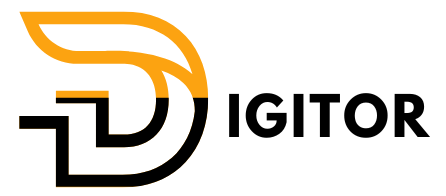Secure Domain with Cloudflare: Boost Your Website’s Protection & Speed
In today’s digital world, your domain is more than just a web address—it’s the gateway to your online presence. Whether you run a blog, eCommerce store, or portfolio, website security is crucial. One of the easiest and most effective ways to safeguard your site is to secure your domain with Cloudflare.
Cloudflare offers a free suite of performance and security tools that enhance your site’s speed while protecting it from cyber threats.
Why You Should Secure Domain with Cloudflare
There are several reasons why it’s essential to secure your domain with Cloudflare:
-
Protection from DDoS attacks
-
Free SSL certificate for HTTPS encryption
-
Global content delivery network (CDN) for faster load times
-
Bot and threat protection
-
DNS management for better control
With cyber threats constantly evolving, it’s smart to rely on a platform like Cloudflare that stays ahead of the game.
Step-by-Step Guide to Secure Domain with Cloudflare
Step 1 – Sign Up for Cloudflare
-
Visit Cloudflare’s website
-
Click Sign Up and create an account
-
Verify your email address
Step 2 – Add Your Website
-
Click Add a Site
-
Enter your domain name (e.g., yoursite.com)
-
Cloudflare will automatically scan and fetch your existing DNS records
Step 3 – Choose a Plan
-
For basic protection and speed improvements, choose the Free Plan
-
It includes SSL, CDN, firewall, and essential performance features
Update Your Nameservers
After confirming DNS settings, Cloudflare will provide you with two new nameservers.
Change Nameservers in Your Domain Registrar
-
Go to your domain registrar (e.g., Namecheap, GoDaddy)
-
Locate your domain and navigate to the DNS/Nameservers section
-
Replace current nameservers with the ones from Cloudflare
-
Save and wait for propagation (usually within a few hours)
Activate SSL for Full Security
Enable HTTPS with a Click
-
In your Cloudflare dashboard, go to SSL/TLS
-
Choose Full or Full (Strict) depending on your hosting compatibility
-
Ensure “Always Use HTTPS” is turned on
This encrypts data between your site and its visitors, making it harder for attackers to intercept sensitive information. Want to understand the difference between Flexible and Full SSL? Read Cloudflare’s explanation.

Fine-Tune Cloudflare Security Settings
Configure Your Firewall
-
Go to Security > WAF (Web Application Firewall)
-
Set up rules to block bots, countries, or IP addresses
Enable Bot Fight Mode
-
This setting blocks bad bots while allowing legitimate traffic
-
Found under Security > Bots
Use Rate Limiting
-
Prevent brute force or login attacks by setting request limits per IP
Performance Perks of Securing Domain with Cloudflare
While your main goal may be security, connecting your domain to Cloudflare also offers:
-
Reduced server load thanks to caching
-
Faster page speeds, improving user experience and SEO
-
Smart routing with Argo (paid feature) for enhanced loading times
Common Issues and Fixes
Website Shows “Not Secure”
-
Make sure SSL is enabled and set to Full
-
Clear your browser cache and check DNS propagation
Downtime After Setup
-
Double-check DNS records in Cloudflare
-
Ensure A and CNAME records point to your hosting provider
Need Expert Help?
Still unsure about the process? No worries. Our team can assist you with setup, migration, and optimization. Contact us for professional help in securing your website with Cloudflare.
Conclusion: Make the Smart Move Today
To secure your domain with Cloudflare is to take a major step toward protecting your website and enhancing user trust. From SSL to DDoS protection, Cloudflare offers a comprehensive solution that’s easy to implement—even with no technical background.







